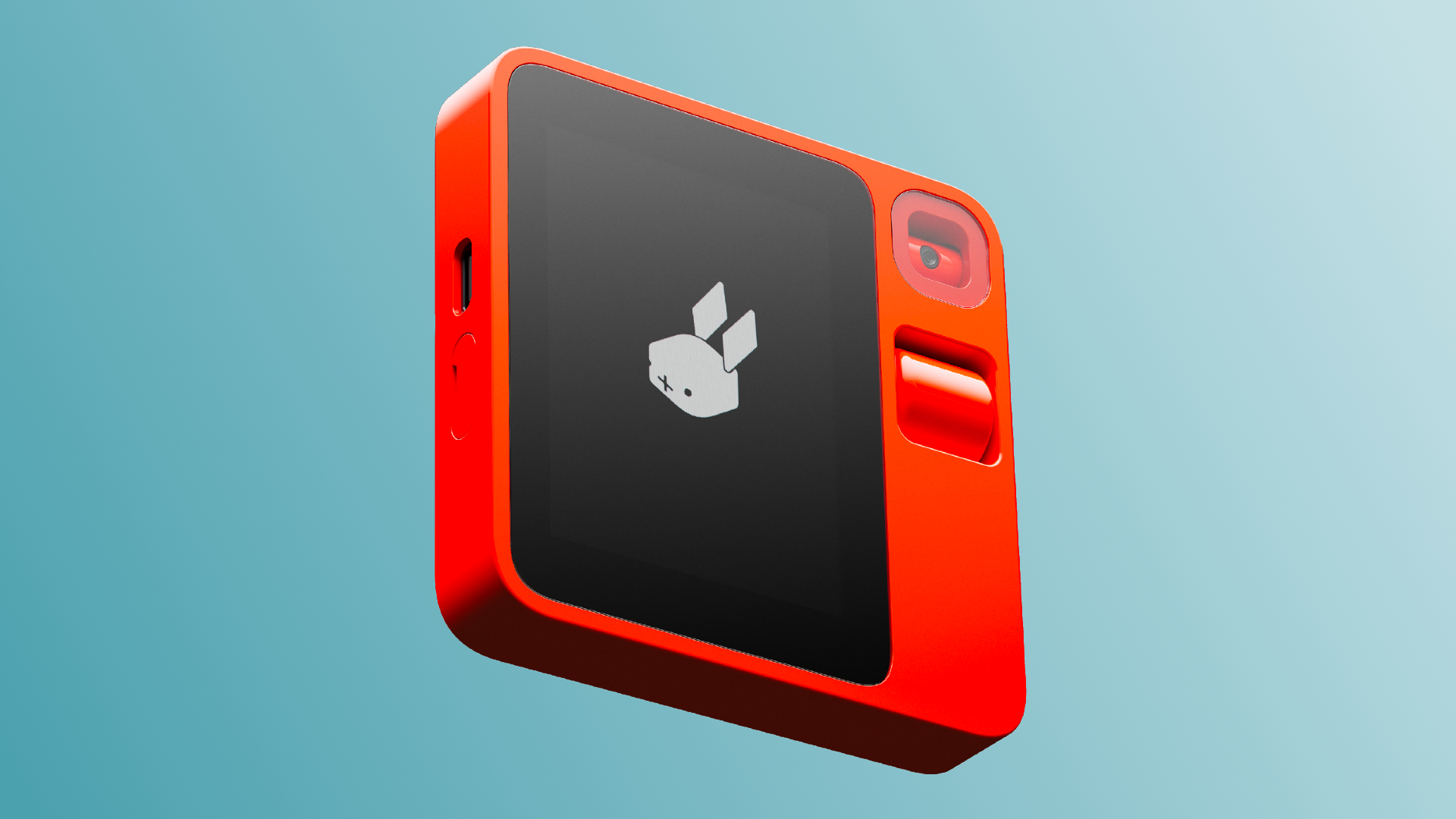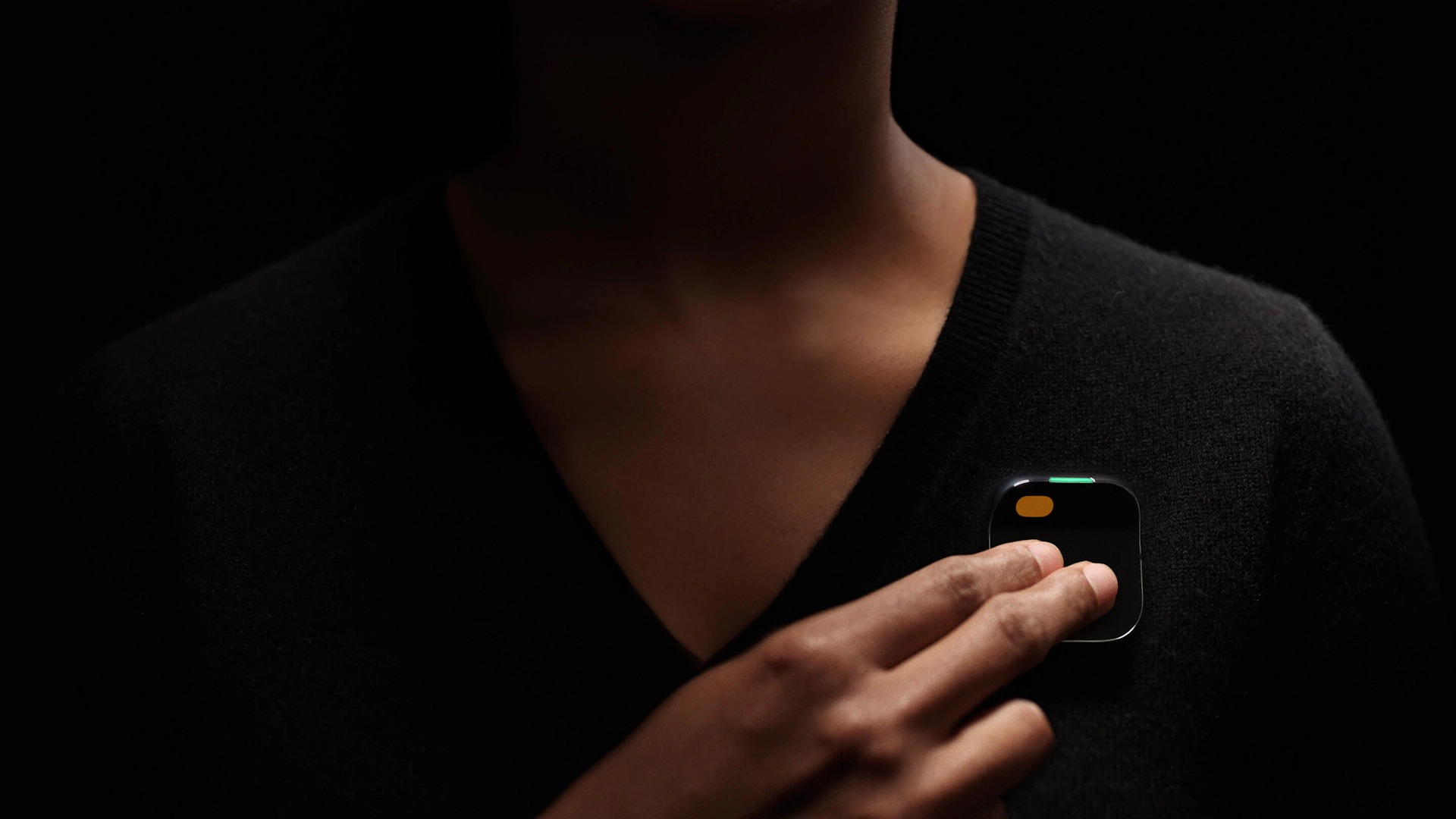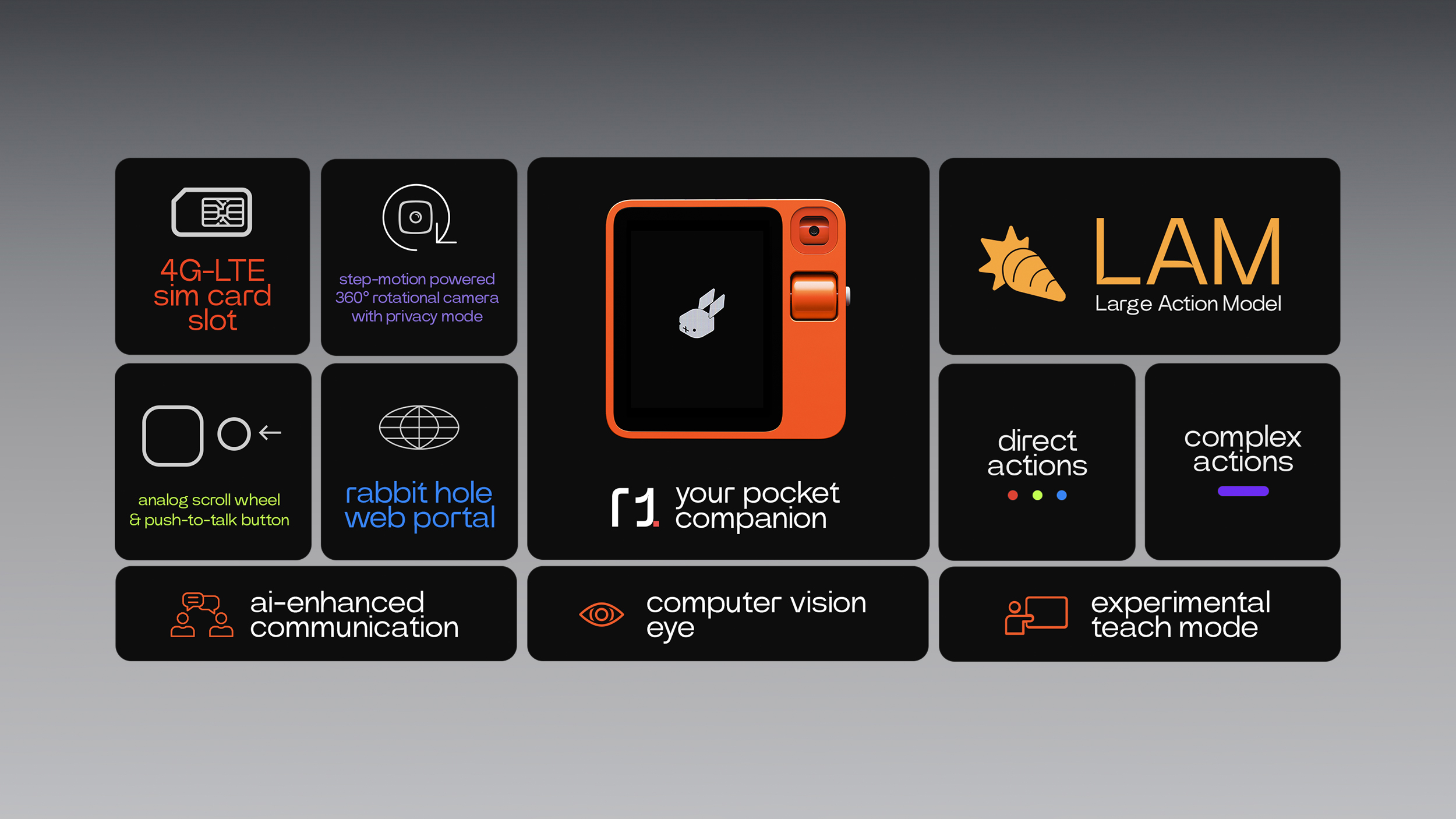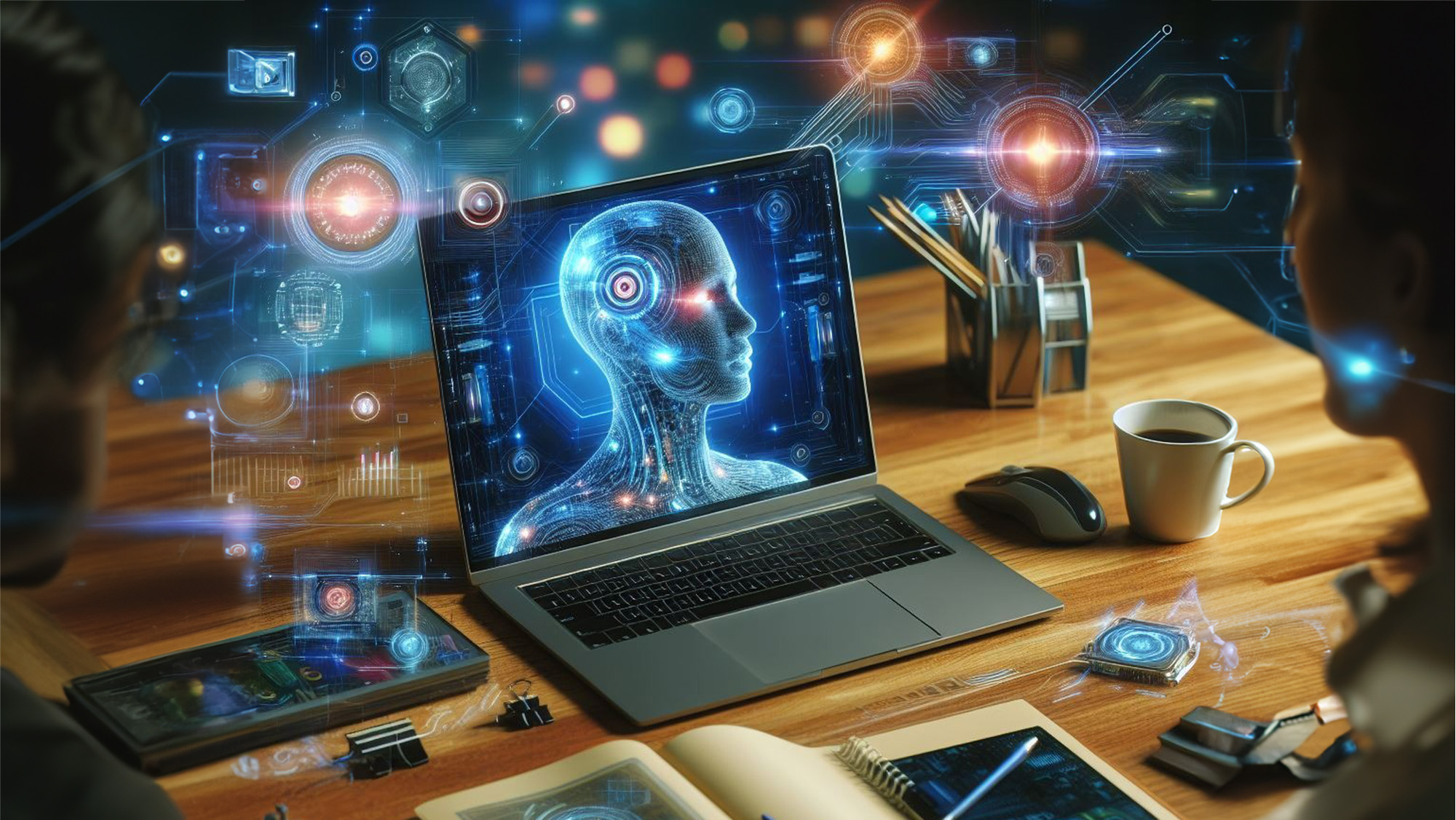
Every decade or so, a new kind of device enters our lives, from the personal computer in the 1980s to the smartphone in the 2000s, and later in the 2010s, came the smart companions, like the smartwatch and smart speaker. Will the 2020s become the decade of AI hardware?
In 2023, tech companies raced to add Generative AI capabilities — the ability for machines to conjure up or “generate” content like humans — to their software. But the goal behind this AI gold rush has not been just to teach our computers to write our emails for us, tell us jokes, or fix our photos, it’s to accomplish a concept tech luminaries have been preaching for ages called Artificial General Intelligence or AGI, where a virtual being could understand the world and think as well as us.
“The development of AI is as fundamental as the creation of the microprocessor, the personal computer, the Internet, and the mobile phone,” wrote Bill Gates in a blog post.
No one quite knows when and how AGI will arrive, but if the past few months have been any indication, one thing appears certain for tech giants: we surely won’t be experiencing it from an interface as clumsy and outdated as a chat box. It may spawn a whole new breed of gadgets, and the wheels are already in motion.
OpenAI, the firm behind ChatGPT, is reportedly in talks with Apple’s influential former design wiz, Jony Ive to build the “iPhone of artificial intelligence,” hoping to offer a “more natural and intuitive user experience” to use AI. What form that will ultimately take remains unclear but that hasn’t stopped Silicon Valley from taking a stab at it.
“The Disappearing Computer”

Humane, a venture from an ex-Apple designer and engineer, launched last year what they called the “AI Pin.” It’s a tiny $699 badge-like wearable you can attach to your clothes and control with your voice and hand gestures. Humane seeks to embody Generative AI’s most striking quality, which is that it can operate on its own — you don’t have to actively look, tap, and touch it for it to work like you would in a smartphone’s case. You can instead just talk to the AI Pin, ask it to summarize your emails, call someone, point its camera to your food to learn its nutritional information, or when you do need visuals, there’s a miniature built-in projector.
Meta’s Zuckerberg has a similar vision for his Ray-Ban Meta smart glasses. Like the Humane AI Pin, the glasses can converse naturally and see and hear what’s happening around you. In one demo, Zuckerberg held up a shirt and asked the glasses which pants would look nice with it.
A universal controller from the future

While Humane and Meta look to make the AI assistant, Samantha from the movie Her a reality, another ambitious startup, Rabbit wants to automate your life with AI. Its $199 device, the Rabbit R1, may remind you of old-school handheld TVs or the Playdate console, but it’s unlike any gadget you have operated. On the surface, the R1 functions like Google Assistant or Siri. The difference is it’s not just yet another app on your phone, it is the phone.
The R1 has access to your entire digital life, logins, and apps, and lets you tell it whatever you want to do, from simple tasks like calling an Uber to editing photos on Photoshop, and the R1 could theoretically deliver. In case it doesn’t support a website, you can teach it to navigate it. There’s a 2.8-inch touchscreen for you to see its responses, a scroll wheel to cycle through them, and a rotating camera to take photos and videos.
These AI products, however, raise more questions than answers. None of them are powerful enough to replace your existing devices and whatever they can accomplish can only work in a controlled environment. Sure, the Meta glasses or the AI Pin can tell you verbally what pants would look nice, but what if you want to visually shop for matching outfits? The R1 can call you a taxi but you can’t scroll social media on it or engage in a group chat, at least not comfortably. The list is endless.
The iPhone killed phone keyboards nearly two decades ago, but it could successfully do so by proving touchscreens are far more versatile and can do their jobs just as well. The current crop of AI hardware not only fails to offer that same level of reassurance to replace touchscreens, but it also doesn’t do anything our phones can’t.
AI ambient computing

Like the smartwatch that arrived and stayed alongside your phone and laptop, dedicated AI devices can work best as companions. More importantly, they offer a set of promising ideas that eventually will fit into your existing gadgets and that’s what larger companies, such as Google, are aiming to do. For them, it’s a natural evolution of their work over the past few years. They’ve been gradually evolving their hardware into AI computers, featuring dedicated machine learning chips capable of performing these heavy ChatGPT-like operations locally.
On a Google Pixel phone, a bot can pick up your calls for you, and stay on hold with customer support. Virtual assistants we’ve been speaking to for years like Siri will soon run the same Generative AI technologies that you’ll find inside a Humane AI Pin or Rabbit R1. Microsoft has declared 2024 as the year of AI PCs, which will be better equipped to handle AI apps and offer smarter features like the one that can co-write your notes.
Hardware sales, including phones and PCs, have struggled to grow lately. Therefore, AI represents a new opportunity for them to spark interest in new products and ideally, in the long run, create a category from scratch as they did with smart homes and smartwatches.
Silicon Valley has been searching for the next iPhone forever. Whether Jony Ive or any of the up-and-coming AI companies can end that search remains to be seen. A few years down the line, the hope is you’ll find yourself outsourcing more of your lives with AI — be it perusing a lengthy spreadsheet or writing one — paving the way for AI hardware that will require no more than a command to work and that’s when the role of a smartphone or a proper computer will shrink and become reserved for whatever complex, edge cases the current generation of AI cannot handle. Until then, for most of us, AI will continue to live on as a “magic” button or a chat window inside our phones and laptops.







